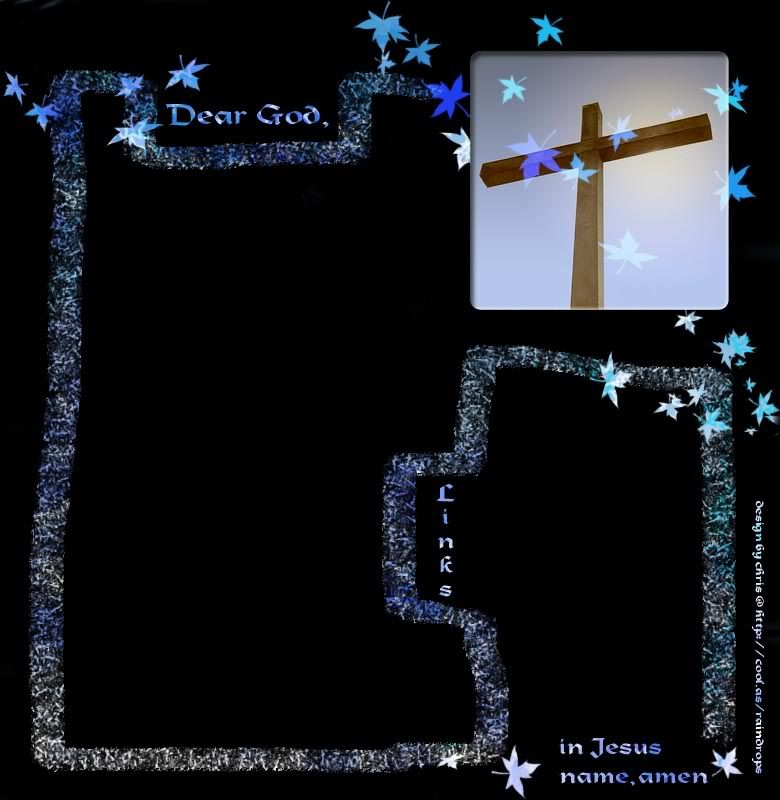Lent
=> Catholic Encyclopedia:
Origin of the Wod
The Teutonic word Lent, which we employ to denote the forty days' fast preceding Easter, originally meant no more than the spring season. Still it has been used from the Anglo-Saxon period to translate the more significant Latin term quadragesima (French carême, Italian quaresima, Spanish cuaresma), meaning the "forty days", or more literally the "fortieth day". This in turn imitated the Greek name for Lent, tessarakoste (fortieth), a word formed on the analogy of Pentecost (pentekoste), which last was in use for the Jewish festival before New Testament times. This etymology, as we shall see, is of some little importance in explaining the early developments of the Easter fast.
Duration of the Fast
In determining this period of forty days the example of Moses, Elias, and Christ must have exercised a predominant influence, but it is also possible that the fact was borne in mind that Christ lay forty hours in the tomb. On the other hand just as Pentecost (the fifty days) was a period during which Christians were joyous and prayed standing, though they were not always engaged in such prayer, so the Quadragesima (the forty days) was originally a period marked by fasting, but not necessarily a period in which the faithful fasted every day.
=> The Season of Lent - Ken Collins' Site
=> All About Lent by James Akin
=> The Season of Lent - Dennis Bratcher
=> Lent - Wikipedia
=> Lent - Call to Conversion
=> Praying Lent
=> BBC - Religion & Ethics - Lent:
Why 40 Days?
40 is a significant number in Jewish-Christian scripture:
In Genesis, the flood which destroyed the earth was brought about by 40 days and nights of rain.
The Hebrews spent 40 years in the wilderness before reaching the land promised to them by God.
Moses fasted for 40 days before receiving the ten commandments on Mount Sinai.
Most Christians regard Jesus' time in the wilderness as the key event for the duration of Lent.
Why is it called Lent?
Lent is an old English word meaning to lengthen. Lent is observed in spring, when the days begin to get longer.
The colour purple
Purple is the symbolic colour used in some churches throughout Lent, for drapes and altar frontals.
Purple is used for two reasons: firstly because it is associated with mourning and so anticipates the pain and suffering of the crucifixion, and secondly because purple is the colour associated with royalty, and celebrates Christ's resurrection and sovereignty.
East and West
Both the eastern and western churches observe Lent but they count the 40 days differently.
The western church excludes Sundays (which is celebrated as the day of Christ's resurrection) whereas the eastern church includes them.
The churches also start Lent on different days.
Western churches start Lent on the 7th Wednesday before Easter Day (called Ash Wednesday).
Eastern churches start Lent on the Monday of the 7th week before Easter and end it on the Friday 9 days before Easter. Eastern churches call this period the 'Great Lent'.
=> Powerpoint presentation: Steps for Lent
Jean


